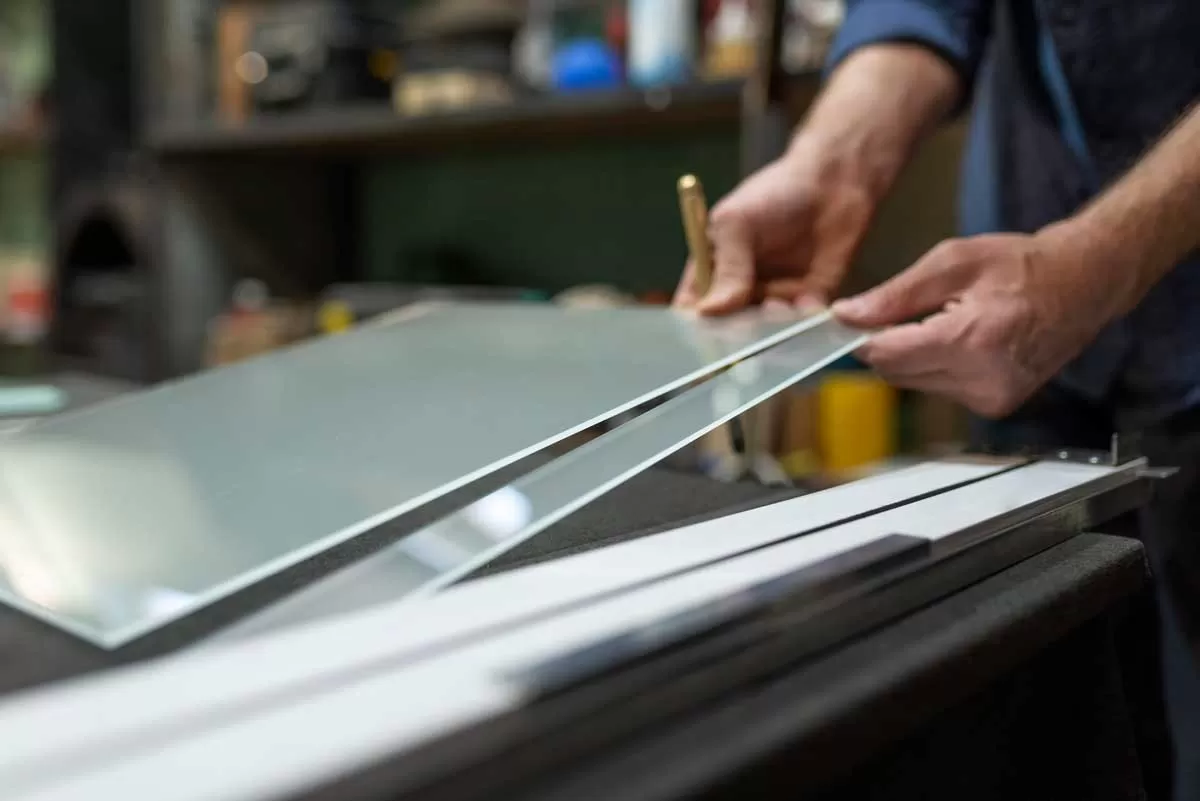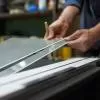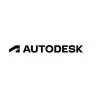Engineer Jagvir Goyal tells us more about the loader, the most ubiquitous and handy construction equipment today.
There's a simple reason why every construction company wants a loader in its fleet: versatility. They can do multiple jobs and prove useful in a variety of situations. Sometimes, some jobs are smaller in magnitude but urgent in nature. Loaders prove very helpful in such cases. When it looks uneconomical and difficult to transport heavy earthmoving machinery for a short-term job, loaders often prove to be the most appropriate equipment. Able to accomplish both small and large jobs, loaders rank among the most ubiquitous - and handy - construction equipment today.
Like most other equipment, loaders too can be either crawler or track-mounted or wheel-mounted. Loaders of both types with varying capacities, operating weights and engine powers are produced by equipment manufacturing giants. In general, these can be classified into small, medium and large segments.
Crawler loaders
Crawler loaders are not finding as much use these days as wheel loaders. The main reason for this is the availability of versatile hydraulic excavators that perform the required excavation tasks in areas where wheeled equipment is not successful owing to soft or poor ground conditions. These are hydraulically operated, electronically controlled and hydrostatically driven. In the latest crawler loaders, each track of the loader can be independently controlled and powered by the hydrostatic drive. This enables operator efficiency in turning and counter-rotation.
Cat's 973 D is the largest crawler loader available today. With a diesel engine power of 239 hp and operating weight of 28 tonne, it operates a bucket of 3.21 cu m capacity. It has been designed for reduced wear, a problem that has often plagued crawler loaders owing to the weight of the engine loading the front half of the tracks. The load-sensing system of its hydraulic operation adjusts the flow pressure according to the sensed load.
Crawler loader buckets
Many types of buckets can be attached to the lift arm of a crawler loader to suit the nature of the job to be accomplished. For example, the Cat 973 D has three bucket attachments. The general purpose bucket is suitable for hard bank excavation, stripping and stockpile loading. The multipurpose bucket can load, strip, pick up debris, clear, fine-grade a surface and even undertake dozing work. Special purpose buckets are also available for specific jobs.
The ripper
As the name suggests, the purpose of the ripper is to rip open a hard surface. The surface can be asphalt, rock, hard soil or frozen ground. The longer shanks of the ripper, the more productive it proves. The ripper tips are replaceable.
Wheel loaders
Wheel loaders are much favoured these days. Every large and small job or project offers multiple opportunities to use them. These are almost the first equipment to enter a project site and the last to leave as they are so handy. Produced in large, medium and small capacity and power models, they allow the user to choose the right model from a large variety available.
The tasks for a wheel loader
A wheel loader can excavate, scrap, rip a surface, load, stockpile a material, carry and undertake dumping work. These are standard tasks. In addition, site managers use them for multiple tasks, including mining and road-patchwork, dozing, snow clearance, quarrying and even trenching work. That's what makes them indispensable.
Features of a wheel loader
Wheel loaders are four wheel-driven. Two wheel-driven loaders also exist but are not preferred owing to their limitations and lower stability. Many models of wheel loaders are now available in the market. Hydraulically operated, electronically controlled and hydrostatically driven, they have the advantage of travelling much faster than crawler loaders and thus display better efficiency in performing various tasks. There are even special models produced for high lifting of loads.
The engine
Today's wheel loaders have hydraulically operated, high-power diesel engines with electronic controls that sense power requirements and operating conditions. These are high-displacement engines with a high power range and longer stroke. High-displacement engines are also economical when it comes to fuel consumption. This economy is achieved through an electronically controlled fuel injection system that senses operating conditions and adjusts fuel supply accordingly. Direct injection and turbo-charged engines ensure lower fuel consumption.
The frame
The base frame of wheel loaders needs to be structurally strong and durable to guard against any wear and tear from repetitive use. Therefore, a heavy-duty box section is normally used for the frame. The front and back frame are independent and linked at the centre. The back frame supports the engine and hydraulic system while the front frame supports the driver's cabin and the bucket.
The lift arms
The lift arms of the loader also have to be very strong. The articulation system has to be wear-proof. The strength of the lift arms lies in their ability to resist any torsion or twist. High stresses are generated in the lift arms during loading operations. When made of solid steel and tested for strength, they absorb these stresses easily. The cross-sectional area of the lift arms often needs an increase at critical stress points - this is provided by reputed manufacturers.
The bucket
The bucket looks like a simple component of the loaders but its strength and size decide the working efficiency of the loader. Today, bucket design has been perfected by loader manufacturers. The bucket has to be structurally strong to resist any distortions and twist. Its edges should be penetrative but well protected against wear. It must be able to absorb shocks and impacts. Buckets are designed in varied shapes, sizes and edges to make them suitable for greater penetration and load retention. Sides and corners are protected against wear while handling abrasive materials. Bucket bottoms carry wear plates that protect them and are easily replaceable.
Operator's cabin
An operator has to keep an eye on the bucket as well as the ground. In addition, the cabin has to be designed to generate maximum comfort for the operator so he doesn't get tired while performing multiple loader operations. Despite the arrival of fully automatic loaders, the operator's duty is not easy unless he enjoys full visibility and comfort and easy access to all controls. For comfort and better operational efficiency, the cabin has to be well ventilated and reasonably noise-proof. The loaders integrate the gear change, direction control and steering into a single lever for easiest reach and operator control. Each finger handles a job, the thumb controlling the gear selection and the fingers controlling the forward, reverse and neutral shifting. The noise levels in the cabin should preferably be below 75 decibels.
The accessories
Side fork, snow remover, side dump bucket, block handler, material handling arms and log grappler are some of the common attachments available with a loader. The forks make the loaders useful in stone mines and ship container yards. Snow removers help clear snow, as the name indicates. The log grappler can handle and sort tree length stems. It is further divided into sorting, swivel, high lift, general purpose or unloading types. Innovations are unlimited as far as attachments are concerned and manufacturers are trying to produce every type of attachment to handle any material whatsoever. All the attachments manufacturers make available are easily attachable and detachable.
The hydraulic system
In general, a loader has three hydraulic circuits. These are for the lift and tilt operations, steering and brake system. Keeping these circuits independent helps improve the output of the loader. The lift and tilt system is well controlled through fixed and variable displacement pump systems. The steering system of all sophisticated loaders is now load sensitive and invites only required quantity of oil to lift the load.
Maintenance features
Among the large variety of loaders available in the market, the choice should invariably tend towards easy maintenance loaders. Such loaders provide easy and instant access to critical points for inspection, cleaning and changing of oils. The air cleaner, greasing points, engine oil drain plug and radiator are among these critical points. When the engine oil drain plugs are located on the lower side of the chassis, they can be reached easily. The radiator often needs cleaning owing to continuous working of the loader at sites and clogging by dirt. It should be easy to replace or maintain it. When provided with an automatic lubrication system that automatically lubricates the bearings of the bucket pins, steering cylinders, lift and tilt cylinders, pulleys and rear axle, maintenance time is considerably reduced.
Safety features
It is essential to examine the safety features of a loader before purchase. Among these, the most important are a very efficient brake and hydraulic system for the loader. The brakes should be multi-disc type, fully sealed against entry of dirt and with a high service life. These should apply to all four wheels of the loader and should be effective even under slippery conditions. In addition, a parking brake should be available to the operator in case the brakes don't work owing to a fault like failure of oil supply. Third, an alarm system should be available to warn the operator in case of any emergency or abnormality. The access system to the loader has to be easy; the stairways provided with handrails.
The range
A wide range of loaders is produced by reputed loader manufacturers today. Classified into small, medium and large segments, these loaders have a net power as low as 90 hp and as high as 1,463 hp with a bucket capacity varying from 1.2 cu m to 36 cu m. Caterpillar has classified its wheel loaders into four segments, finding a segment for mini loaders and designating them 'compact' loaders. This manufacturing company produces 23 models of loaders, catering to every requirement.
The world's largest
Caterpillar has produced the 994F wheel loader with a net power of 1,463 hp and rated speed of 1,600 rpm, a bucket capacity varying from 14 cu m to 36 cu m and an operating weight of 195.4 tonne. Its fuel tank has a capacity of 3,833 litre to ensure long and continuous operations. All parts including the engine are produced by Caterpillar. Most manufacturers make various components like the chassis, transmission and axles, operator's cabin, hydraulic components and cylinders, buckets and other attachments in their plants but the engine is added from a reputed producer. However, Caterpillar has a complete in-house mechanism that includes the engine. Caterpillar's 994 F is the world's largest wheel loader - a wonder machine for site managers.
The manufacturers
Caterpillar produced Traxacavator, its first wheel loader, as early as 1959. Over the past 50 years, the company has gone on to offer 23 models! There are five models under the large category, eight models in the midsized category, four under the small category and six under the compact category. In India, Caterpillar offers 18 models including the world's largest 994F model. Most of its dealerships in India are controlled by Tractors India Ltd and GMMCO.
Volvo sells 10 models of wheel loaders in India with bucket capacities varying from 1.7 cu m to 14 cu m and eight models of compact loaders with bucket capacities of 0.65 cu m to 2.5 cu m and operating weight of 4.5 tonne to 9.4 tonne. Its L180E high-lift loader with an 8.6 tonne working load and 5.5-m lift under a hanging load is considered a powerful and efficient machine. The L350F, its largest loader model in India, has a Volvo diesel engine with a bucket of 6.2 to 12.7 cu m capacity, an operating weight of 50 to 56 tonne. The buckets produced by Volvo include general purpose, straight-edged, flat-floor, straight-edged, light material buckets, refuse buckets, grading buckets, straight-edge rock buckets, hi-tip light material buckets and spade nose rock buckets. In a nutshell, whether the material is weight, volume or dimension-governed, a suitable bucket is available.
Kawasaki, Japan, launched its 90ZIV2 wheel loader in India about 18 months ago. Komatsu produces 30 models of wheel loaders with bucket capacity ranging from 0.4 cu m to 20 cu m. Liebherr produces 17 models, L586 2 plus2 block-handling model operating at 340 hp with an operating weight of 36 tonne. Known as the flagship of Liebherr range, this loader claims to consume 25 per cent less fuel than other comparable machines from other manufacturers working under similar operating conditions. This success is attributed to its special 2plus2 drive technology that is based on one gear with two different-sized hydraulic motors directly mounted, each supplying a separate coupling. Said to handle solid marble rock in the largest possible sizes so it can be finished to the best possible effect, it has five optional rock-handling attachments. Equipped with a Liebherr diesel engine, the loader can gain a speed up to 35 km per hour and can travel safely on gradients.
Case and Hitachi are some other reputed producers of wheel loaders. Apart from wheel production, the used wheel loader market is also flourishing all over the world. Yet manufacturers continue to make loaders even more versatile, multi-purposed and powerful. The equipment is fancied by site engineers and equipment producers are well aware of the sheer magnetism of the loader.

















